The lack of key logistics centers and satellite systems has increased transportation costs, pushing up the prices of goods.
Solving logistics problems in the Mekong Delta will help agricultural products increase competitiveness.
According to experts, in the Mekong Delta, there are very few enterprises providing professional logistics services, mainly agricultural enterprises, especially seafood enterprises, which provide logistics infrastructure for their products. This increases costs for enterprises and reduces the competitiveness of agricultural products in the region.
Mr. Dao Trong Khoa, Permanent Vice President of the Vietnam Logistics Service Enterprise Association, said: “We see that the number and scale of enterprises in the Mekong Delta region are still very limited. So the reason why there are not many enterprises attracted to the Mekong Delta region is that we can see that the capacity of transportation and limited infrastructure are also very big bottlenecks for enterprises to invest and expand their operations in the Mekong Delta region.”
According to experts, logistics is a key factor in promoting the socio -economic development of the whole region. If the logistics problem is solved, it will help overcome the post-harvest loss of agricultural products in the region by 30 to 40%.
Figures from the Vietnam Logistics Services Association (VLA) show that logistics costs compared to our country's gross domestic product are at 16.8%, compared to the world average of 10.7%. Logistics costs in our country are high due to heavy dependence on foreign shipping companies, making it difficult for exported agricultural products, despite having many advantages, to compete with other countries, especially Thailand.
Mr. Dang Phuc Nguyen, General Secretary of the Vietnam Fruit and Vegetable Association (Vinafruit), said that logistics costs are “eroding” profits from exported agricultural products. To proactively limit unexpected risks, our country needs to focus on building regional logistics centers, with supply chains from purchasing, collection to transportation, cold storage and processing to proactively support Vietnamese products to reach further.
- When loading goods into containers and during the container journey, there must be measures to preserve the goods well, shortening the preservation time... Currently, although freight rates have decreased, logistics services are still lacking and weak," said Mr. Dang Phuc Nguyen.
The great strength of the Mekong Delta is water transport, which is obvious to everyone. However, currently, the amount of goods transported by water from the Mekong Delta to ports in the Mekong Delta and Cai Mep - Thi Vai port for agricultural and aquatic products is still very limited, mainly by road. Explaining this, Associate Professor Dr. Ho Thi Thu Hoa, Director of the Vietnam Logistics Research and Development Institute, said: “Many businesses share that they choose the road method, although the cost is higher, but in return the time is faster, up to 1/3 less time. Not to mention that for cold cargo transportation, transportation by inland waterway is more expensive than by road. The current world trend is green transportation, green logistics. When world buyers buy goods from other countries, including Vietnam, they will evaluate the green criteria as very important. If they look at our records and see that the goods are transported by road, the green criteria for transportation are not guaranteed, it will greatly reduce the competitiveness of goods.”
Associate Professor, Dr. Ho Thi Thu Hoa, proposed: “The Mekong Delta needs to focus on developing logistics infrastructure, especially cold infrastructure including warehouses, cold storage, cold transport vehicles and conditions from connection to growing areas so that products after harvest can be put into cold storage, contributing to increasing the value of agricultural products in the Mekong Delta in particular and Vietnamese agricultural products in general in the international market. We believe that with development policies and focus on logistics, especially logistics serving agricultural products, it will contribute to enhancing the value chain of Vietnamese agricultural products in the international market”.
According to the Integrated Planning of the Mekong Delta region for the period 2021-2030, with a vision to 2050, there will be 8 hubs. Of which, 1 hub with a general function is in Can Tho city; 4 regional hubs in Ben Tre, An Giang, Kien Giang and Ca Mau; 3 hubs related to logistics in Dong Thap, Hau Giang and Soc Trang. In particular, the Government is very interested in the economic development of the Mekong Delta in general and the logistics industry in the Mekong Delta in particular. The clearest evidence is that the transport infrastructure is being heavily invested in with a series of expressway projects being and will be implemented.
Mr. Nguyen Phuong Lam, Director of the Vietnam Federation of Commerce and Industry, Mekong Delta Branch, said: If logistics is invested in cold storage and cool storage systems, the production capacity of farmers will be stronger, because they can store and preserve goods better, thus the production capacity will be higher. Logistics in the Mekong Delta is the golden time in the next 5-10 years.
It can be seen that our country's agricultural exports are facing many difficulties and challenges in the context of international integration, increased competition in the international market and the need to improve value chain capacity. Therefore, it is necessary to proactively invest in logistics infrastructure for agricultural products. In Hau Giang, there are currently 3 logistics service centers in operation. According to the plan, 2 more logistics centers will be formed. All 5 of these centers, combined with satellite logistics units, are evenly distributed on key traffic routes, close to specialized raw material areas to quickly handle post-harvest, pre-process agricultural products and transport them to logistics centers, processing plants, and transport products from factories to domestic and foreign markets.
In particular, the Planning of Hau Giang province for the period 2021-2030, with a vision to 2050 approved by the Prime Minister, has also determined the goal that by 2030, Hau Giang will become a fairly developed industrial province in the Mekong Delta; with a synchronous system of technical infrastructure and social infrastructure. With a vision to 2050, Hau Giang will be a province with a fairly developed level in the country, the center of industrial production and logistics in the Mekong Delta... Mr. Dong Van Thanh, Deputy Secretary of the Provincial Party Committee, Chairman of the Provincial People's Committee, emphasized: "The province identifies the role of planning as very important, the source of development, the compass for implementing strategies, projects and action plans, planning must be one step ahead, investing in planning is investing in development".
Article and photos: MONG TOAN
Source


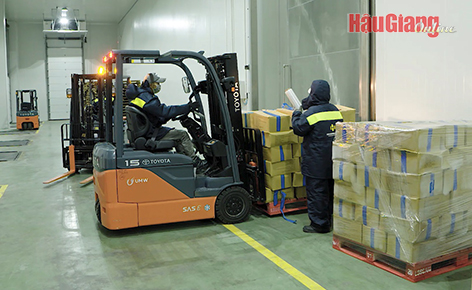
![[Photo] Party and State leaders visit former President Tran Duc Luong](https://vphoto.vietnam.vn/thumb/1200x675/vietnam/resource/IMAGE/2025/5/24/960db9b19102400e8df68d5a6caadcf6)

![[Photo] Ho Chi Minh City holds funeral for former President Tran Duc Luong](https://vphoto.vietnam.vn/thumb/1200x675/vietnam/resource/IMAGE/2025/5/24/9c1858ebd3d04170b6cef2e6bcb2019e)




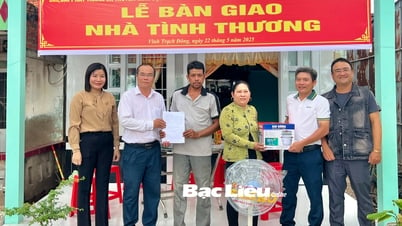
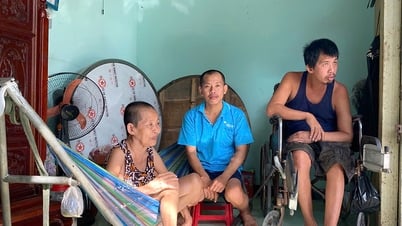
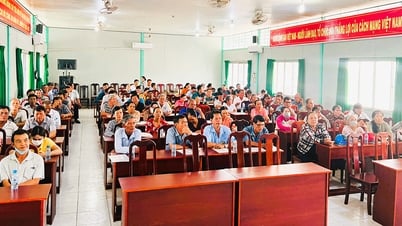

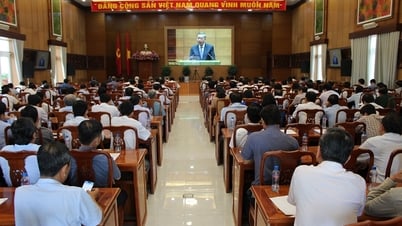







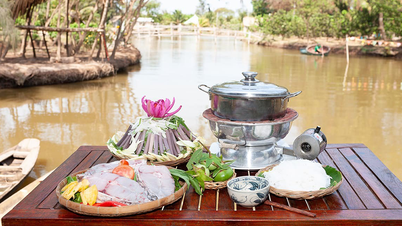
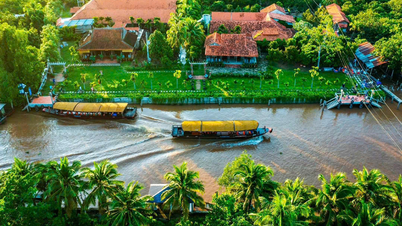
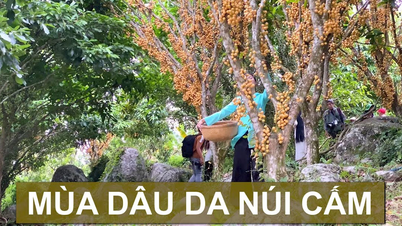
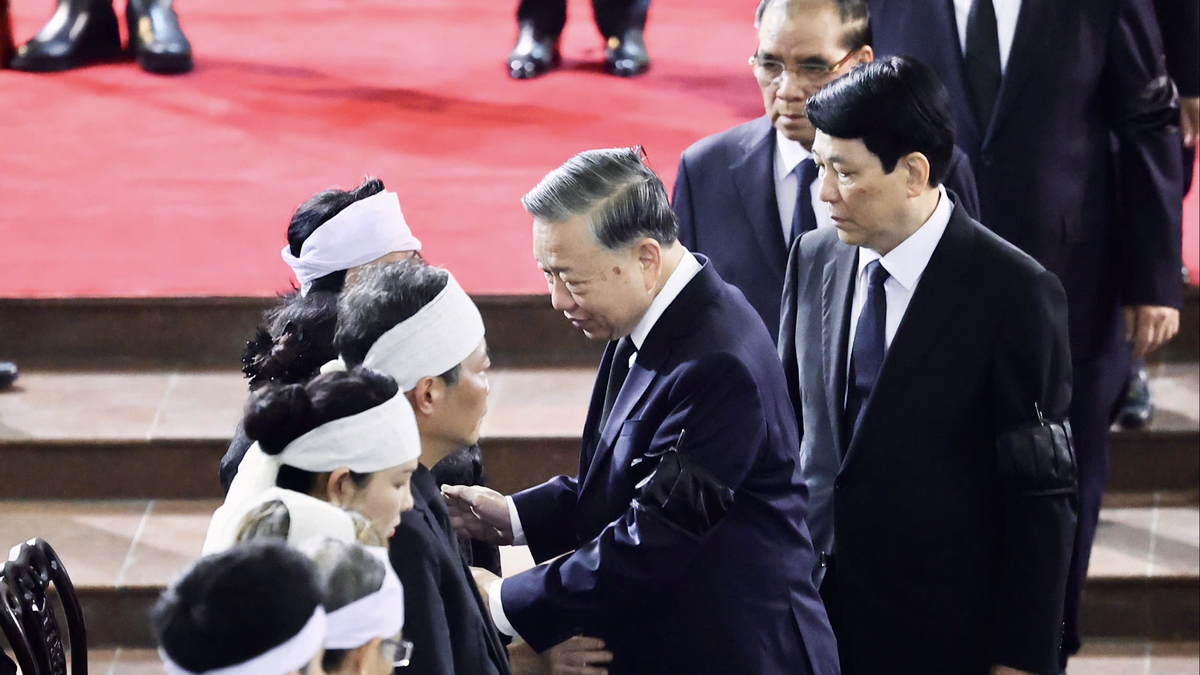











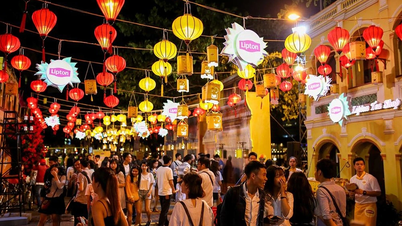

























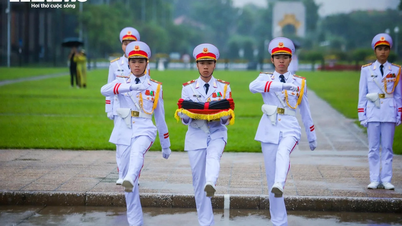










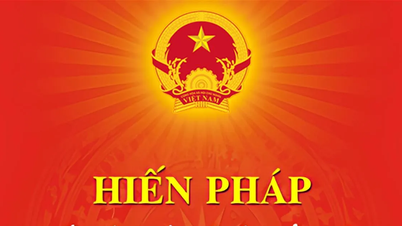



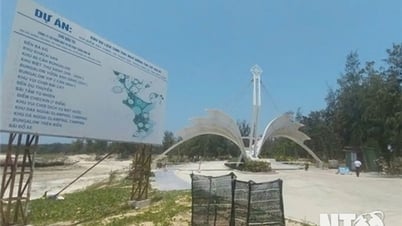

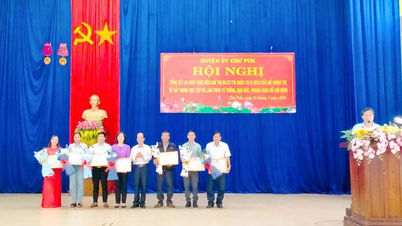















Comment (0)